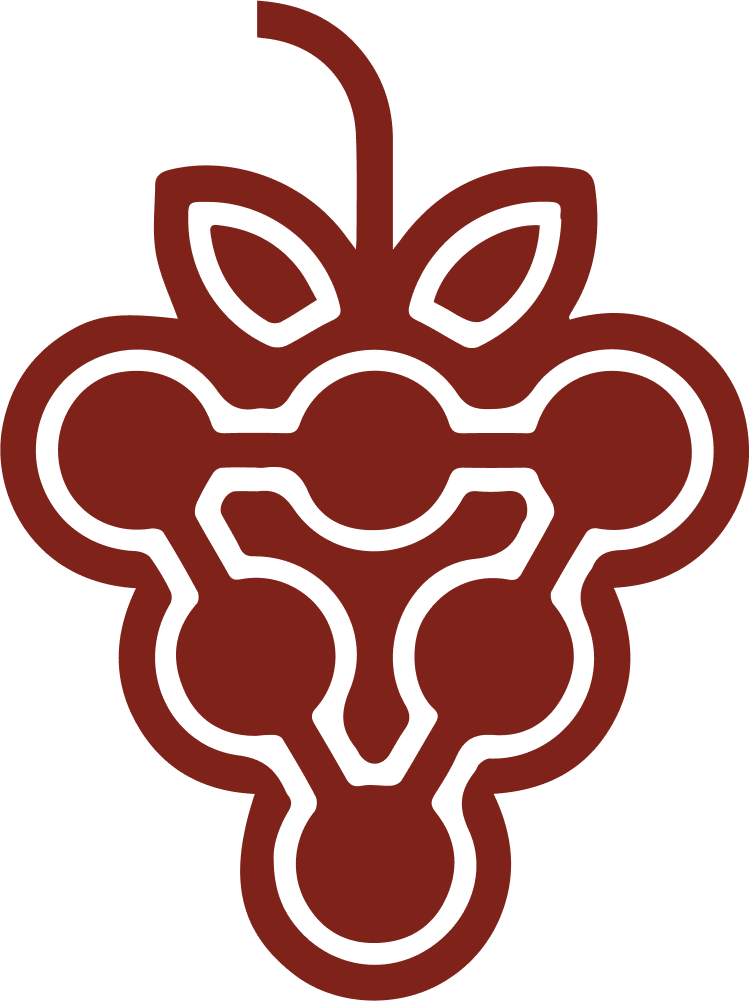Lost in Translation?
When I picked up my first bottle of Lebanese wine in Beirut, I stared at the label like it was written in code. No mention of grape varieties, just “Château Whatever” and a vintage year. Where was the Cabernet Sauvignon? The Syrah?
It turns out, reading Lebanese and Cypriot wine labels is like learning a new language — one that speaks not just of grapes, but of culture, tradition, and identity.
Decoding the Bekaa Bottle
Lebanese wine labels often follow a French model: names of châteaux dominate, vintages are noted, and classifications like “Réserve” or “Grand Vin” hint at quality. Unlike New World wines, which often shout their varietals from the rooftops, Lebanese producers prefer to let the name of the estate speak for itself.
At Château Musar, I asked owner Gaston Hochar why their labels don’t list the grape varieties. He smiled and said, “Because the wine isn’t just the grape — it’s the soil, the sky, the hands that made it.”
What Cypriot Labels Reveal
You might also spot DOGC — Denomination of Origin Commandaria — which protects the authenticity of Cyprus’ legendary dessert wine. If you see that stamp, you know you’re drinking something truly special.
Common Grapes Worth Knowing
- Lebanon : Cabernet Sauvignon, Merlot, Cinsault, Syrah
- Cyprus : Xynisteri, Mavro, Maratheftiko, Carignan
Each tells a different story. Cinsault from Lebanon is soft and peppery; Maratheftiko from Cyprus is bold and structured. Learning to recognize these names is the first step toward understanding the regions themselves.
How to Read a Tasting Note
Back in Nicosia, I jotted down my impressions of a Commandaria:
- Appearance : Deep amber with thick legs.
- Nose : Dried figs, orange peel, caramelized sugar.
- Palate : Lush, viscous, with a lingering finish of honey and spice.
- Pairing : Blue cheese, walnuts, or enjoyed alone as a digestif.
Tasting notes are your window into the wine’s personality — and once you learn how to read them, every bottle becomes a conversation.
 :
https://www.pinterest.com/
:
https://www.pinterest.com/


